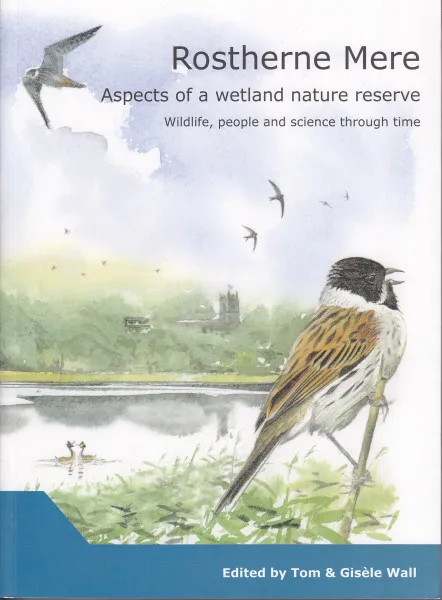
In 1912, the grandly-named Society for the Promotion of Nature Reserves for Britain and the Empire, fore-runner of The Wildlife Trusts, started to compile a list of 284 potential reserves in the British Isles.
Rostherne Mere was included, although the benevolent ownership by the Egerton family meant that there was not seen to be any urgency in securing its conservation by other organisations and the site, especially its birds, was well-recorded. But eventually its vulnerability was recognised – including as a picnic and bathing spot for Manchester residents! – and numerous behind-the-scenes negotiations in the 1950s, masterminded by Max Nicholson, Director-General of the newly-formed Nature Conservancy, led to Lord Egerton, with no heirs, bequeathing the Mere to the nation.
So, Rostherne Mere became, in 1961, our 99th National Nature Reserve (NNR). This is an imperfect précis of half a century’s progress to NNR status, described in fascinating detail in the first part of this book, with interesting insights into the mixture of personal relations, politics and finance, with a focus on conservation helping to hold it all together.
Physically, Rostherne is the most northerly and deepest of the Ice Age meres of the Cheshire-Shropshire Plain, reaching over 30 m, and the last to freeze over. It is thus not surprising that its main importance was seen as a wildfowl refuge. As an NNR, Nature Conservancy wardens undertook more surveys of flora and fauna themselves, as well as lots of management work, and went out to recruit numerous academic and other researchers into other aspects of the Mere’s natural history.
Accounts of the management – especially grappling with water quality, eutrophication and pollution – and of research, mostly on fish, make up the rest of the book, some with chapters written by the lead researchers themselves. There is a little overlap with the Birds of Mere and Margin volume, with a summary chapter on the birds, including a long-running study of Reed Warblers, but they have a different focus and I doubt that any purchaser of both books would feel cheated by their repeated appearance.
Tom Wall, as principal author, must be congratulated for his vision in conceiving, and the immense scholarship in producing this masterpiece, all written in an engaging style and including every imaginable document, map, graph and photograph. It is a joy to read, and also repays study and thought, with lessons to be learned even now.
Reviewed by
- Author: Tom Wall and Gisèle Wall (eds.)
- Publisher: Tom Wall (privately published)
- Publication year: 2019
- ISBN: 9781916043619
- Format: Paperback
- Page count: 384
- RRP: £29.99
- Available from: NHBS